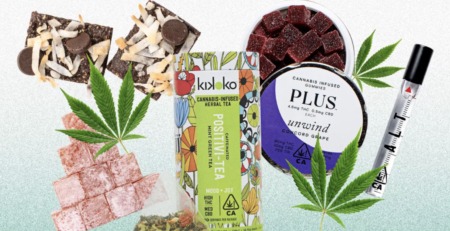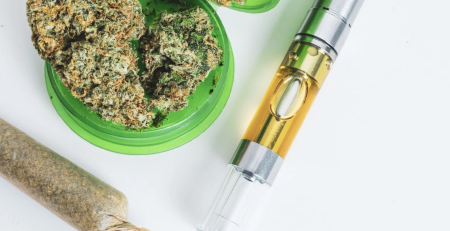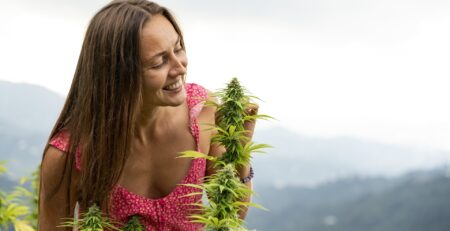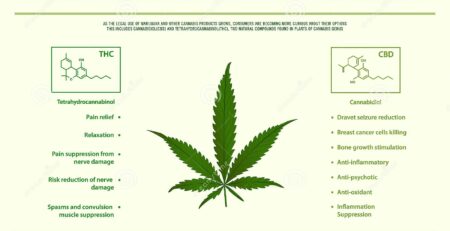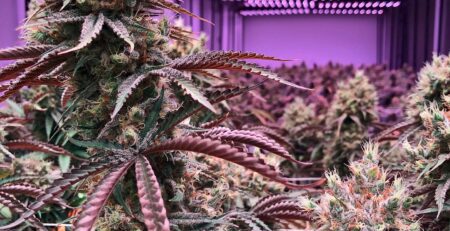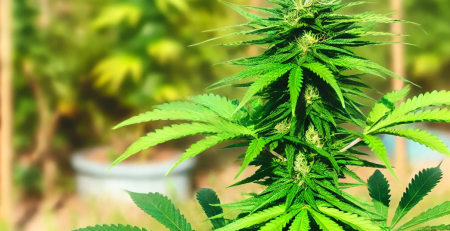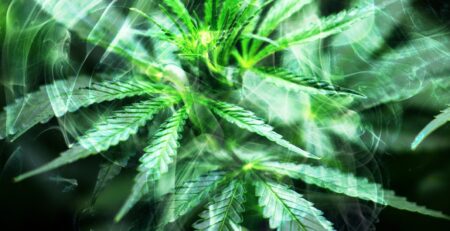Growing Marijuana Indoors
In today’s article, we will teach you how to grow your own Cannabis indoors. This can be a little tricky process with plenty of details to take care of and the process might seem complicated. With our simple guide, you will know what you need to do in order to start growing your very own cannabis plants indoors!
Why Would You Grow Indoors?

There are many reasons to grow marijuana indoors. Perhaps you live in a state where cannabis is not yet legal. Maybe you want to keep your operation hidden from nosy neighbors. Or maybe you simply prefer the controlled environment of an indoor grow room.
Whatever your reasons, growing marijuana indoors can be a rewarding experience. Not only do you get to enjoy the fruits of your labor, but you also get to be in complete control of the growing process from start to finish.
If you’re new to growing cannabis, indoor cultivation may seem like a daunting task. But with a little planning and some basic knowledge, anyone can successfully grow weed indoors.
In this guide, we’ll show you everything you need to know about growing marijuana indoors, from choosing the right strains to setting up your grow room. By the end, you’ll be well on your way to harvesting a bountiful crop of high-quality buds.
How to Get Started: Supplies, Location and Size of Plant
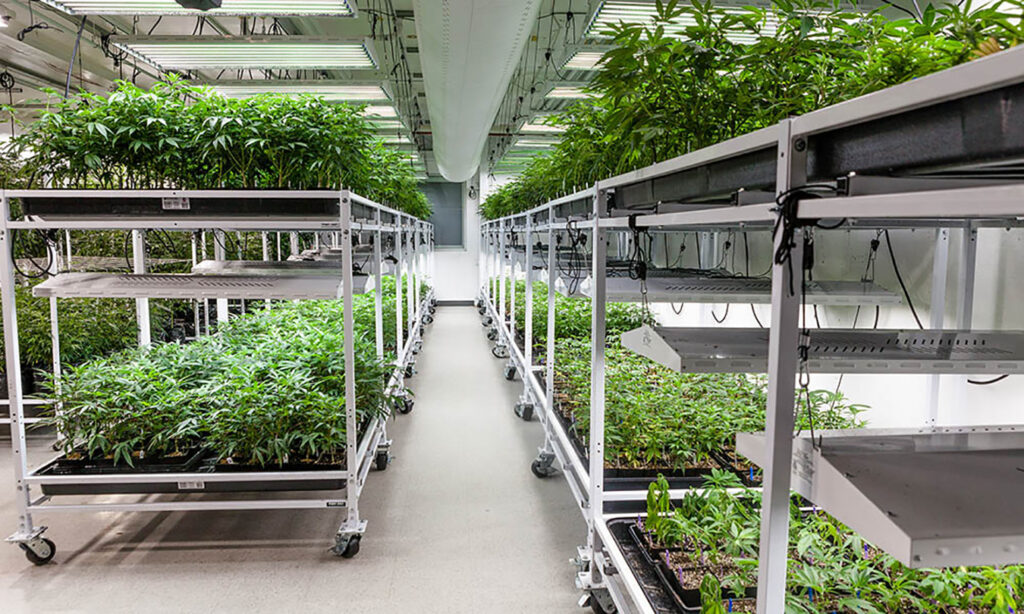
When it comes to growing marijuana indoors, there are a few key things you need to take into account. First, you need to make sure you have the right supplies. You’ll need soil, pots or containers, and of course, seeds or clones. You’ll also need to consider the location of your grow space. It should be somewhere with good ventilation and plenty of light. Finally, you’ll need to decide on the size of your plants. Cannabis plants can range from a few inches to several feet tall, so it’s important to choose a size that will fit in your grow space.
Once you have all of your supplies and you’ve chosen the perfect location for your grow space, it’s time to get started. The first step is to plant your seeds or clones. Once they’re in the soil, water them well and give them plenty of light. Be sure to keep an eye on your plants and water them as needed. When they’re big enough, you can begin harvesting their buds.
Hydroponics vs Soil: Pros and Cons
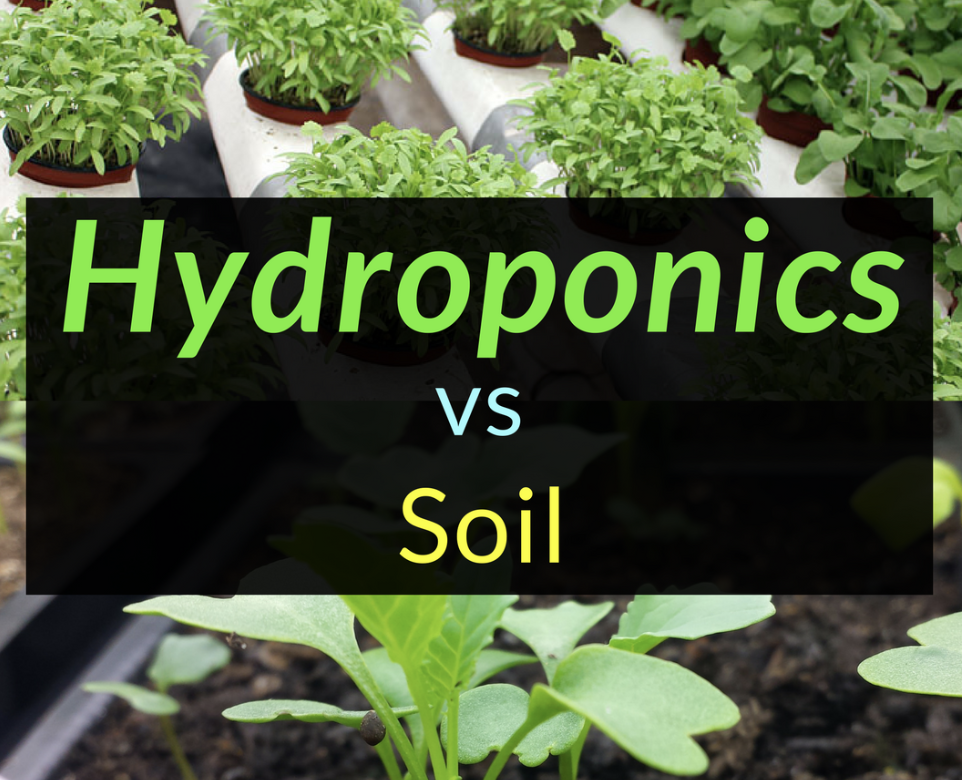
When it comes to growing marijuana indoors, there are two main methods that gardeners use: hydroponics and soil. Both have their own set of pros and cons that you should take into account before deciding which is right for your grow operation.
Hydroponics is a method of growing plants in a water-based solution without the use of soil. The main advantage of hydroponics is that it allows for a greater degree of control over the growing environment. You can easily regulate the pH and nutrient levels in the water, which gives you more control over the growth and development of your plants. Additionally, hydroponic systems are often less messy than soil-based systems, since there is no dirt to tracked around or get caught in the grow room.
The downside of hydroponics is that it can be more expensive to set up and maintain than a soil-based system. Additionally, if something goes wrong with the water or nutrient solution, it can be difficult to troubleshoot and fix.
Soil-based growing is the more traditional method of growing plants, in which they are planted in pots or beds filled with potting mix or garden soil. The main advantage of this method is that it is
Indoor Lighting Systems: CFLs, Fluorescents, LEDs
Light is one of the most important factors in growing marijuana indoors. The right light can mean the difference between a healthy, thriving plant and one that doesn’t make it.
There are three types of lighting commonly used for indoor marijuana grow operations: compact fluorescent lights (CFLs), fluorescent tube lights, and light emitting diodes (LEDs). Each has its own advantages and disadvantages that you should take into account when deciding which is right for your grow room.
CFLs are inexpensive and easy to find, but they produce a lot of heat and can be difficult to properly position around plants. Fluorescent tube lights are more expensive than CFLs, but they generate less heat and can be positioned more easily. LEDs are the most expensive option, but they use the least amount of energy and generate almost no heat.
No matter which type of light you choose, it’s important to ensure that your plants get enough light. Marijuana plants need at least 18 hours of light per day during their vegetative stage, and 12 hours of light per day during their flowering stage. If you can’t provide this much light with artificial lighting, you can supplement with natural sunlight.
Choosing a Grow Light System
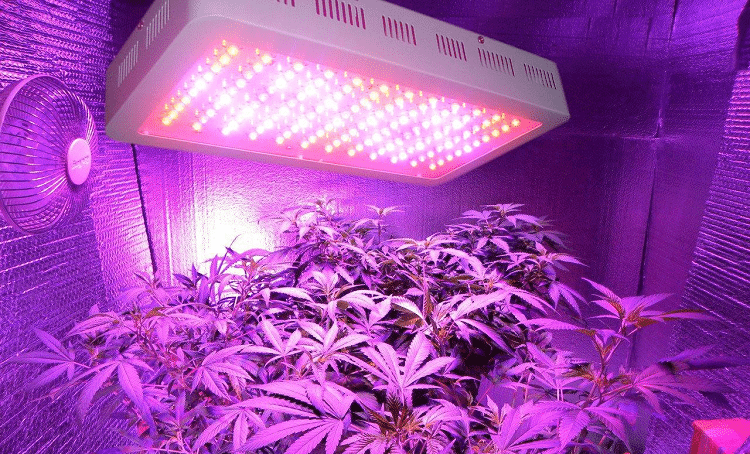
There are a few things to consider when selecting a grow light system for your indoor marijuana grow operation. First, you need to decide what type of light source you want to use. The most common types of grow lights are fluorescent, HID (high intensity discharge), and LED (light emitting diode). Each type has its own advantages and disadvantages, so it’s important to do some research to figure out which one is right for you.
Once you’ve decided on a light source, you need to choose a grow light system that will provide the right amount of light for your plants. This can be tricky, because too much light can actually damage your plants. There are a few different ways to determine the proper amount of light for your setup, so again, it’s important to do some research before making a purchase.
Finally, you need to consider the cost of the grow light system. These systems can range in price from a few hundred dollars to several thousand dollars, so it’s important to set a budget before you start shopping. With a little bit of planning, you should be able to find a grow light system that fits both your needs and your budget.
Choose the Right Growing Medium
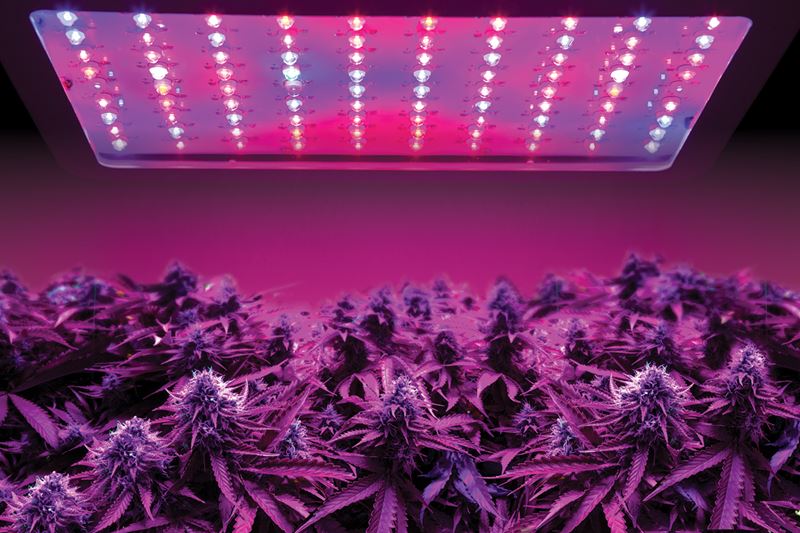
When it comes to growing marijuana indoors, the type of growing medium you use can make a big difference. There are a number of different options available, and each has its own advantages and disadvantages.
Soil is perhaps the most popular option for indoor growers. It’s relatively easy to find and use, and it’s also very forgiving if you make a mistake. However, soil can also harbor pests and diseases, which can be difficult to control indoors.
Hydroponic systems are another popular option for indoor growers. These systems use nutrient-rich water instead of soil, which can provide better growth conditions for your plants. However, hydroponic systems can be expensive to set up, and they require more maintenance than soil-based systems.
If you’re just starting out, it’s probably best to stick with soil. Once you have some experience under your belt, you can experiment with other growing mediums to see what works best for you.
Container Sizes and Container Types
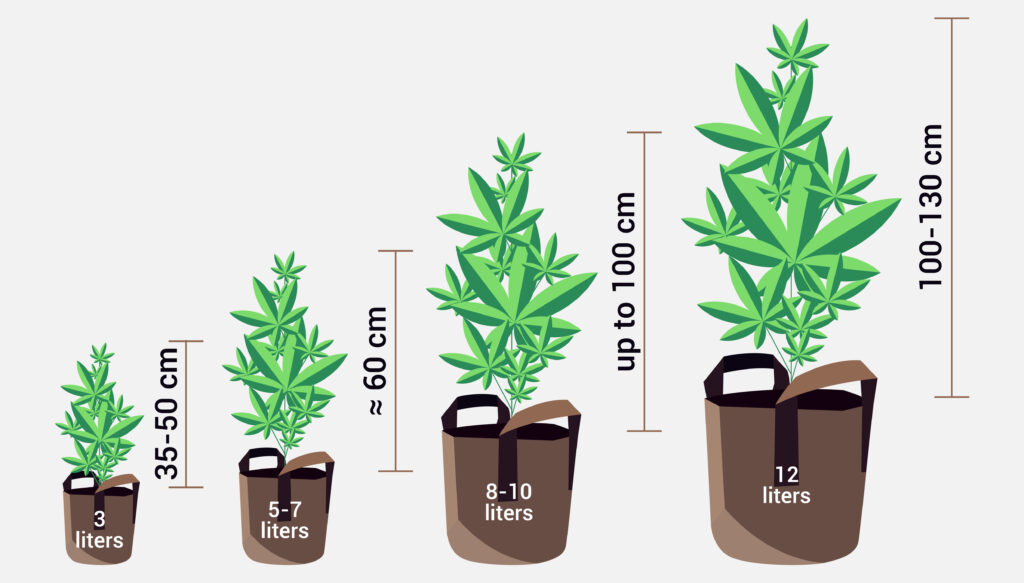
When growing marijuana indoors, it is important to choose the right size and type of container. The most common type of container for growing marijuana is a plastic pot. They come in a variety of sizes, but the most popular sizes are 5-gallon and 10-gallon pots. These pots are great for growing marijuana because they are lightweight and easy to move around. They also have drainage holes in the bottom, which is important for proper drainage.
Another type of container that can be used for growing marijuana is a fabric pot. Fabric pots are made from a breathable material that allows air to circulate around the roots of the plant. This circulation helps to prevent root rot and makes the plant healthier overall. Fabric pots come in a variety of sizes, but they are typically smaller than plastic pots.
No matter what type of container you choose, it is important to make sure that it has drainage holes in the bottom. If your container does not have drainage holes, you can drill them yourself or purchase a pre-made pot with drainage holes.
Backup Electricity
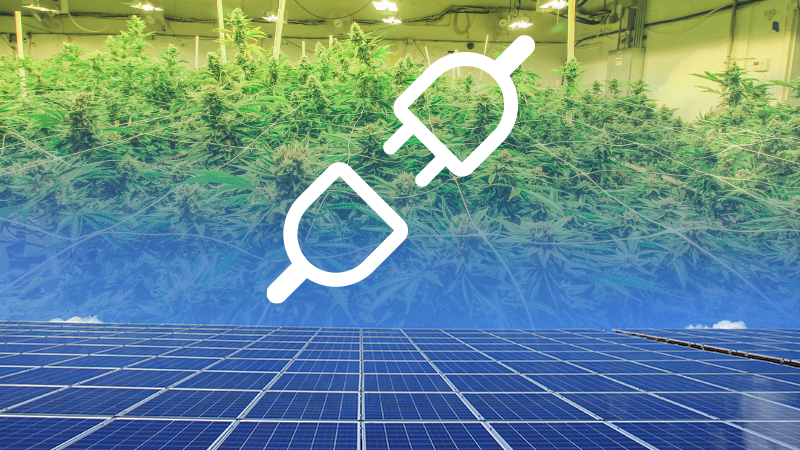
If you’re growing marijuana indoors, you need to be prepared for any eventuality. That includes having a backup plan for your electricity.
Power outages are unpredictable and can happen at any time. If you’re relying on artificial light to grow your plants, then a power outage could spell disaster for your crop.
That’s why it’s important to have a backup plan in place. Generator is a great option. That way, if the power goes out, you can keep your plants alive and healthy.
Another option is to use battery-powered lights. These are becoming more and more popular as technology advances. They’re not quite as reliable as a generator, but they’ll do in a pinch.
No matter what option you choose, make sure you have a plan in place so that you can keep your plants alive and thriving even if the power goes out.
Maintenance and Troubleshooting
Marijuana plants are relatively easy to care for, but there are a few things you should keep in mind to ensure a successful harvest. Proper nutrition, watering, and lighting are essential for healthy plants. Additionally, regular maintenance and troubleshooting will keep your plants happy and productive.
Here are a few tips for maintaining your indoor marijuana plants:
-Water your plants regularly, giving them enough water to stay hydrated but not so much that they become waterlogged.
-Fertilize your plants according to their needs. Over-fertilizing can be just as harmful as under-fertilizing.
-Provide adequate lighting for your plants. Marijuana plants need a lot of light to grow well, so make sure they have access to plenty of sunlight or artificial light.
-Check your plants regularly for pests and diseases. If you see anything unusual, take action immediately to treat the problem.
By following these simple tips, you can ensure that your indoor marijuana plants stay healthy and productive.

